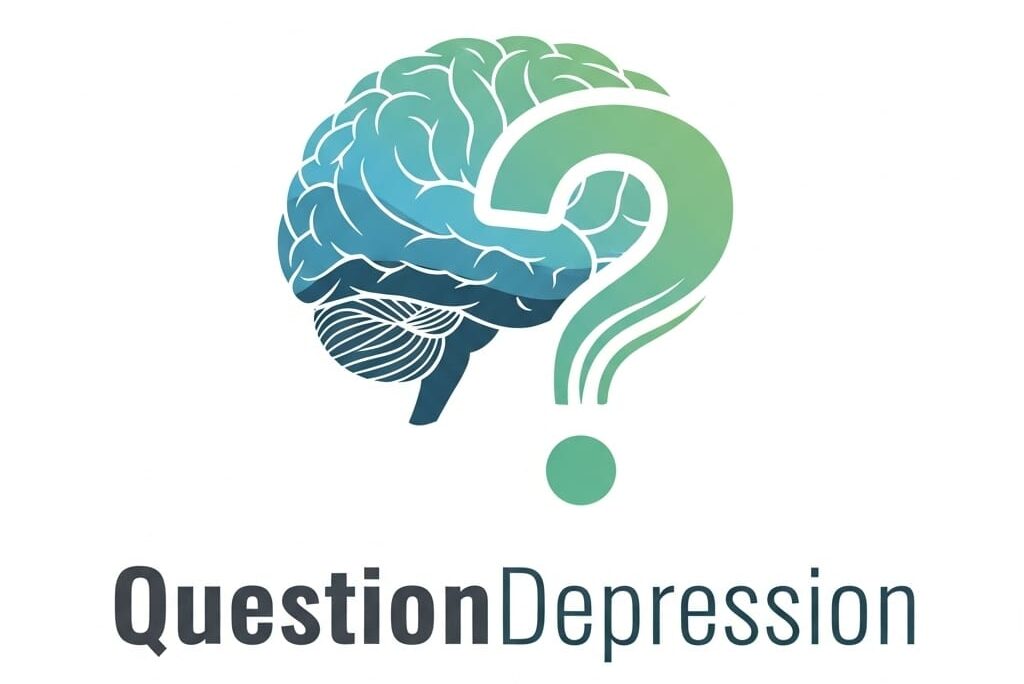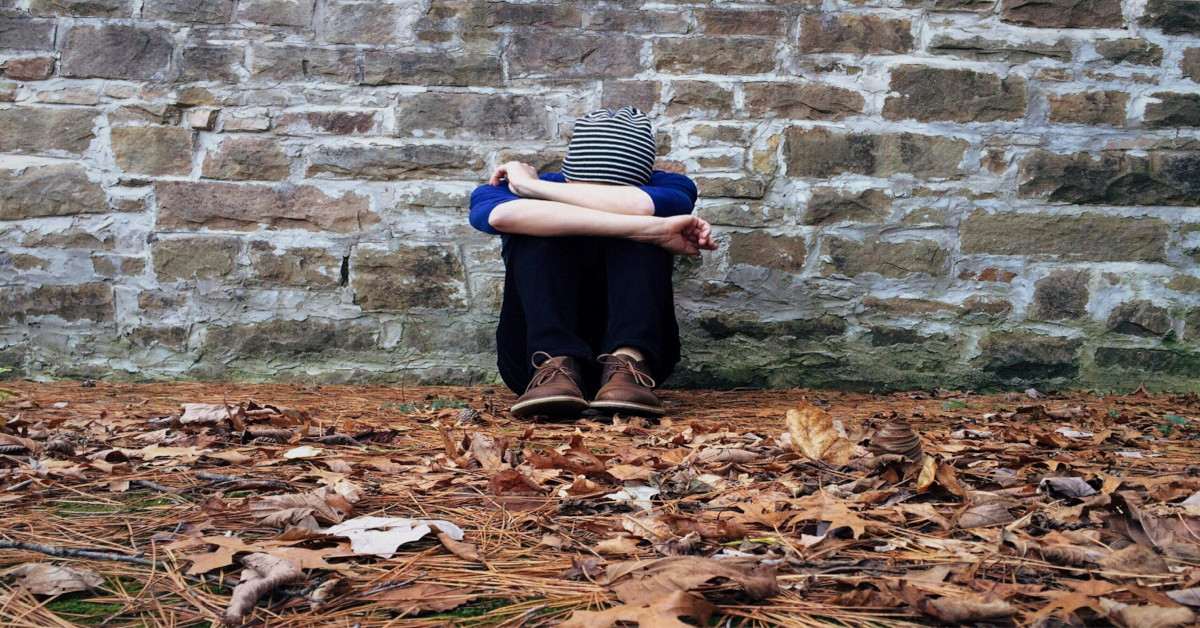Contrary to popular belief, tanning beds do not help with seasonal depression (seasonal affective disorder or SAD), even though many people assume they might because they emit light and can mimic sunlight to some degree.
Why people (wrongly) believe tanning beds might help
- Seasonal affective disorder (SAD) happens in the fall and winter due to less exposure to natural sunlight.
- Sunlight helps regulate circadian rhythms and increases serotonin and vitamin D, which are all linked to mood.
- Tanning beds emit UV radiation, which feels warm and “sun-like,” leading some to believe they offer similar benefits.
Why tanning beds don’t help SAD
- They don’t emit the right kind of light
-
- SAD treatment requires bright, visible light, specifically 10,000 lux of full-spectrum light, ideally with minimal UV.
-
- Tanning beds mostly emit UVA and UVB rays, which target skin, not the retina (which is required for light therapy to work).
- They increase health risks
-
- Tanning beds pointedly increase the risk of skin cancer (melanoma, basal cell carcinoma) and premature skin aging.
-
- The World Health Organization classifies tanning beds as Group 1 carcinogens, the same category as tobacco and asbestos.
- There’s no scientific support for their use in SAD.
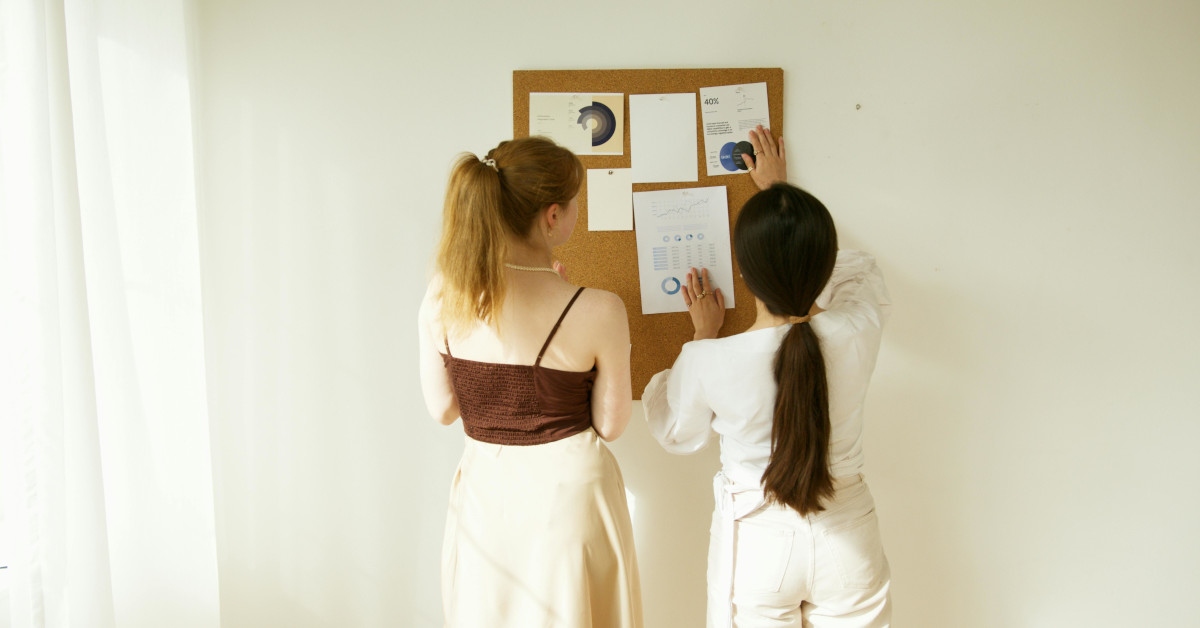
-
- No high-quality studies support the idea that UV tanning helps with mood disorders in any clinically meaningful way.
- SAD is linked to light perception, not skin exposure
-
- Light therapy works by stimulating the retina, which sends signals to the suprachiasmatic nucleus (SCN) in the brain’s hypothalamus, the area responsible for regulating circadian rhythms (our internal clock).
-
- Tanning beds don’t direct light to your eyes and often require you to wear protective goggles, which further block retinal exposure.
-
- This means that even if your skin absorbs UV, your brain isn’t getting the signal it needs to rebalance your sleep-wake cycle or mood.
- Tanning beds don’t reset circadian rhythms
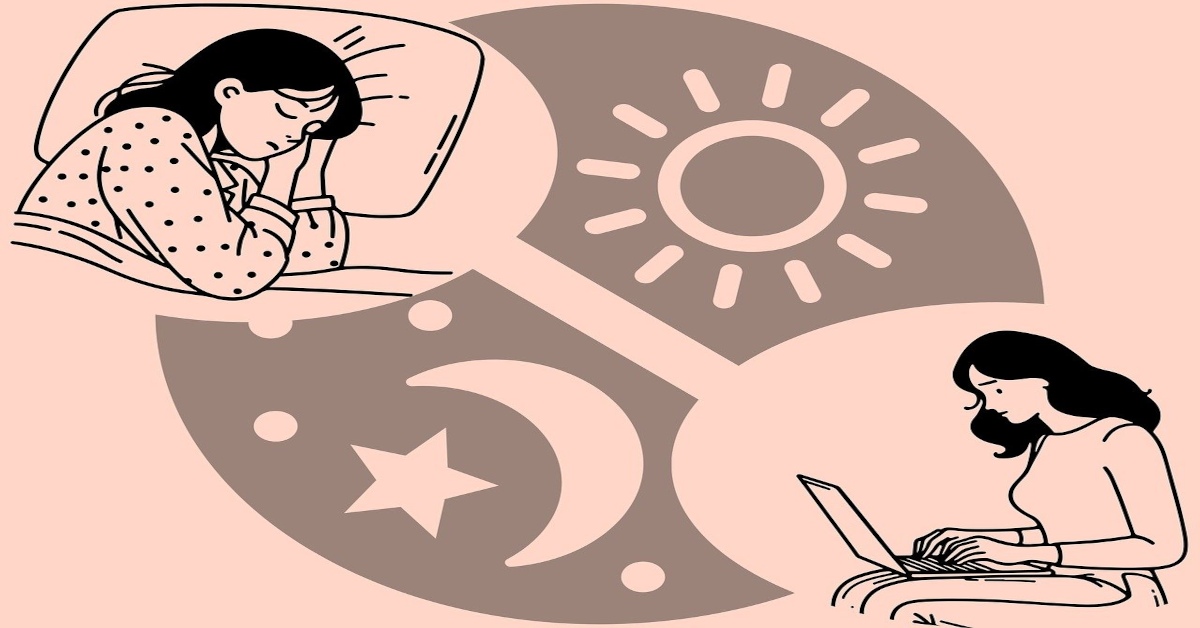
-
- A key component of SAD is circadian phase delay; your internal clock shifts later, causing you to feel groggy in the morning and low in mood.
-
- Morning bright light exposure (10,000 lux, 30 mins) can turn this clock earlier, which improves mood and energy.
-
- Tanning beds lack the intensity and correct timing mechanism to do this since they simply don’t have the impact on melatonin and cortisol cycles that therapeutic light boxes do.
- Mood effects are likely due to short-term reward, not therapeutic change
-
- Tanning may trigger a short-term release of endorphins, your body’s natural feel-good chemicals, potentially explaining a brief mood boost.
-
- But this is not the same as treating SAD. It’s a temporary effect, not a lasting or corrective one.
-
- Some research suggests tanning can become habit-forming or even addictive. That’s not ideal when trying to manage depression safely.
- UV exposure doesn’t significantly increase serotonin in the brain
-
- While natural sunlight is associated with serotonin production, it’s mainly the visible light (particularly blue wavelengths) that causes this effect via the retina–brain pathway, not UV exposure.
-
- Tanning beds have minimal or no blue light, and their UV focus does nothing to support serotonin synthesis through the usual light-driven channels.
- Vitamin D from tanning beds is unreliable and unsafe
-
- People often say: “But tanning gives you vitamin D, and that helps with depression.”
-
- While it’s true that UVB can stimulate vitamin D production, tanning beds vary wildly in how much UVB they emit. Some have almost none, notably newer ones focused on UVA for cosmetic tanning.
-
- If you suspect low vitamin D, it’s much safer to take a supplement than use UV radiation.
- Risk of body image issues or appearance-focused coping
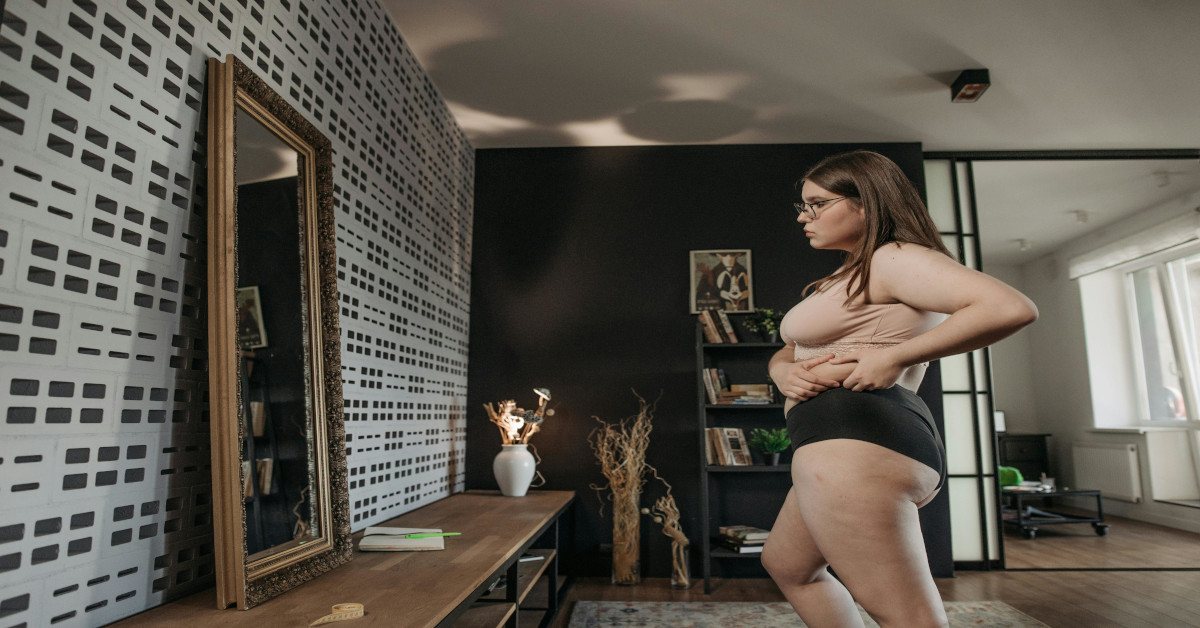
-
- Tanning can become a coping mechanism to improve appearance-related self-esteem for some people.
-
- But this may lead to body image distortions or avoidance of addressing the root cause of seasonal depression.
-
- Instead of reinforcing a cycle of external validation, evidence-based approaches like CBT-SAD build internal resilience.
What does help with seasonal depression?
- Light therapy (phototherapy)
-
- Use a 10,000-lux light box for 20–30 minutes in the morning.
-
- Sit close, with eyes open (but not staring into it), to trigger brain responses via the retina.
- Cognitive behavioral therapy (CBT-SAD)
- Antidepressants
-
- SSRIs like fluoxetine or bupropion may be prescribed if symptoms are moderate to severe.
- Exercise and outdoor exposure

-
- Regular physical activity and brief daylight exposure, even on cloudy days, can improve mood and energy levels.
–> My comprehensive guide about seasonal depression can be found here.
Final thoughts
Tanning beds are not a valid or safe treatment for seasonal depression. They lack the light spectrum, intensity, timing, and neurobiological pathways required to treat SAD, and they come with serious long-term health risks.
While tanning beds may give a temporary warm glow or mood lift (likely placebo or endorphin-related), they don’t address the underlying mechanisms of SAD.
I would advise you to stick with evidence-based treatments like light therapy, CBT, and structured routines if you’re struggling with seasonal depression since they’re proven to be far more effective and safer.
If you’re struggling with seasonal depression, the most effective and science-backed tools are:
- Bright light therapy.
- Cognitive behavioral therapy.
- Exercise.
- Structured routines.
- Safe vitamin D supplementation if deficient.
Join our forum and Facebook
Please consider joining our forum and Facebook if you enjoyed reading this and would like to chat with like-minded peers about anything depression related.
It would certainly go a long way toward making my dream of creating a thriving, supportive community a reality!
